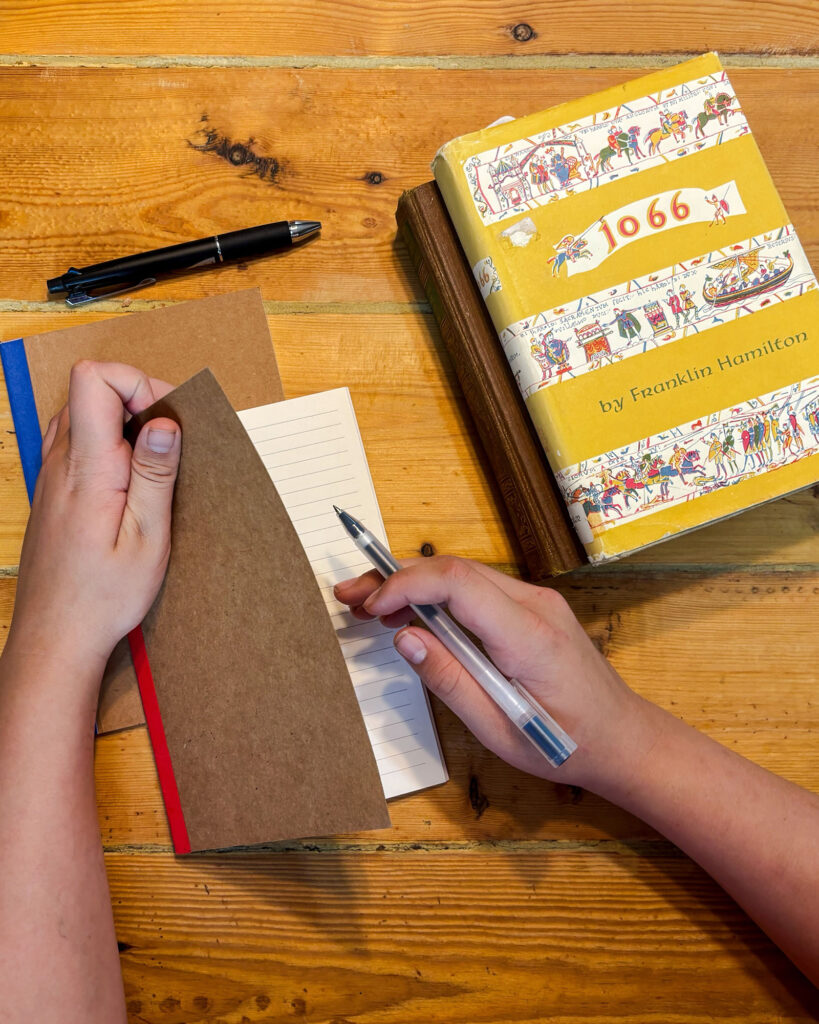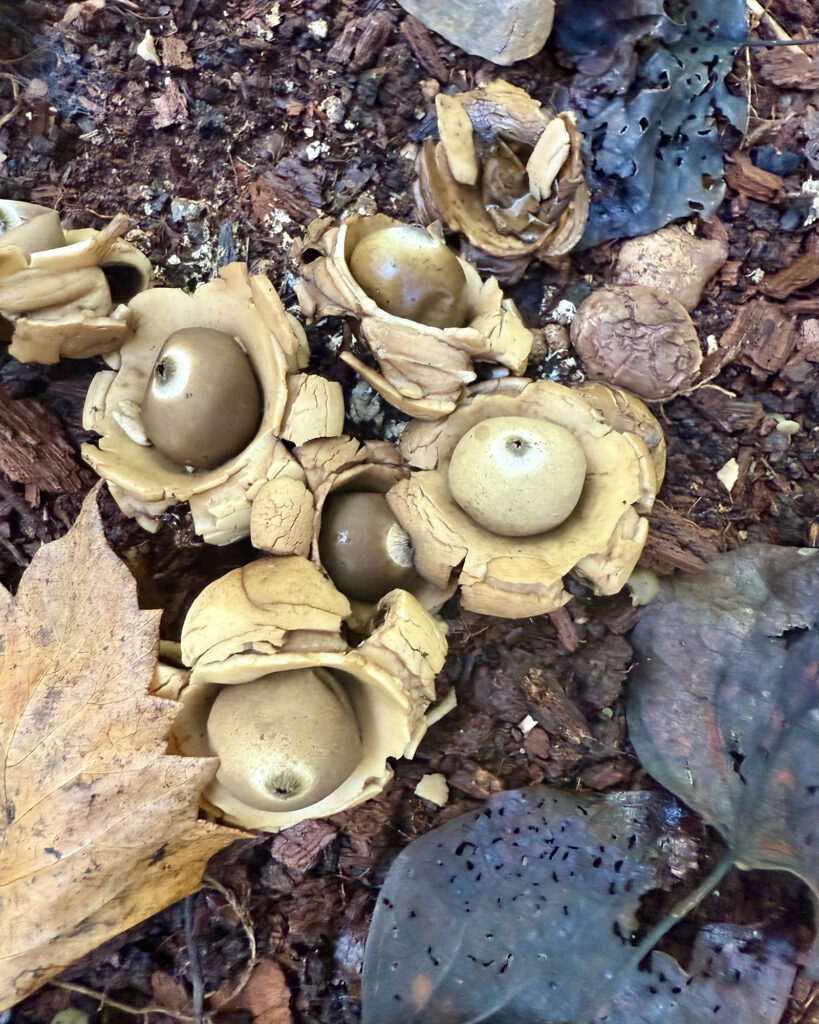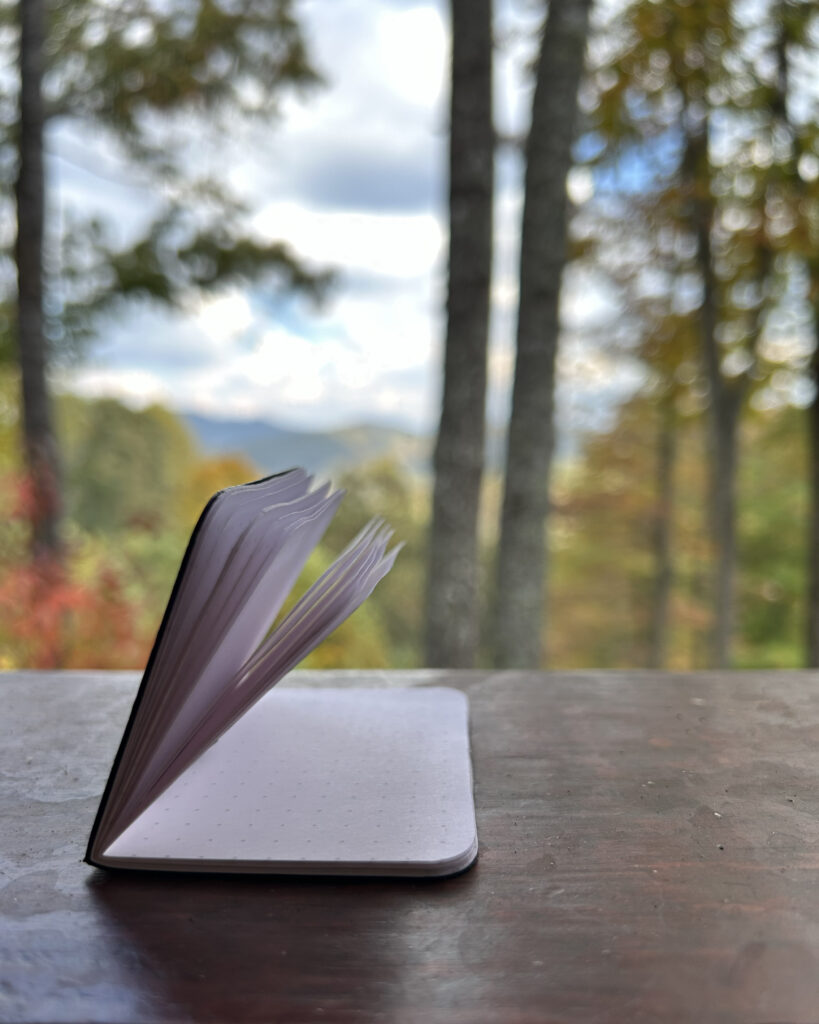The CMP Review — Week of October 20
October 20, 2025
“The home that you have thus made will be to the children you bring up within its doors the very dearest place on earth. In after years they will look back upon it as the most beautiful place that imagination can conceive. It will seem to them that it was a little sanctuary—a heaven upon earth. Their ideal of enjoyment all their life will be those homely scenes, the love and tenderness which used to greet them at breakfast in the morning, and the hush of the family worship when all knelt down in prayer to God; the duties of the day, laborious and painful, with the sweet back-ground of the home always in sight; the evening and the twilight with the romps of the children, the loud peals of laughter around the fire, the tales that were told, the games that were played, the growing seriousness of the discussions as childhood passed into young manhood and young womanhood, and the time came for launching upon life; the father’s thought, the mother’s tears, when they sent the boys out to the great city; and again the solemn hush of the gathering for worship as the day closed in, the hovering presence of angels that seemed to fly white-winged over the little bed, and never quite to leave us in the dark, and that half-revealed face of God which used to look out upon us from our mother’s and our father’s face—these will be the abiding memory which no chance or change of life can tear away. These homes of yours may be poor or rich, they may be large or small, the family may be one or two, or a large circle, but they are the great places of possibility. You may bring the curse down upon them and ruin them; or you may bring the highest blessing upon them for evermore.” (“Family Life”, PR4)
@tessakeath
October 21, 2025

“The art of questioning is the whole art of teaching … and if you persist with Narration methods your teachers will lose the ability to question. You must question to make the children think.”
This statement by an official school inspector provoked a clear and reasoned response from teacher G. F. Husband. Mr. Husband was a true believer in the Charlotte Mason Method. He read her books “and knew in [his] heart that they were true.” But he understood that not everyone accepted Miss Mason’s ideas with such intuitive readiness. Some needed a more rational defense.
And so Husband set out to assert and defend the notion that narration is a more effective teaching method than question-and-answer. But his spirited defense did more than just enumerate the benefits of narration. It also explained to new teachers how to get started.
Husband’s deep conviction about the benefits of narration combined with his robust classroom experience make his 1924 article especially valuable. And he closes with a rare and helpful discussion on written narration. You don’t want to miss this one. Read or hear it here.
@artmiddlekauff
October 22, 2025

Earth Stars!
We happened upon these wondrous mushrooms resembling flowers in bloom. The rays can open with enough force to raise the spore sac up through forest floor debris.
Have you ever seen these stars of the earth?
@rbaburina
October 23, 2025

At the annual Charlotte Mason Poetry team retreat, our days were filled with ideas. We discussed poetry (Charlotte Brontë was our poet this year). We did composer study (Maurice Ravel was our composer, and we read a wonderful PNEU Journal article about him). We had devotions (from The Golden Key and The Cloud of Witness). We compared the Socratic method to narration. We went out in nature and identified flowers and fungi.
But a highlight of the retreat for me was craft time. For the second year in a row we made small notebooks. (I also made some repairs to my pocket notebook from last year.) I enjoyed working with my hands and developing a new skill.
Is it strange to have a retreat that caters to both heads and hands? Perhaps. Charlotte Mason noted the tension in a March 1914 letter to Mr. Wood, a school inspector:
The contest is between the humanists & the naturalists. Now it seems to me that Schools have two functions, educational (humane learning only) & vocational, training of senses & muscles & the learning of trades.
I think we only can combine the two because [children] learn quickly on our lines & are alert for handwork etc. for which they have much leisure.
Mason asserted that “we only” can combine the two. She claimed something unique for her philosophy. And every time we gather to stitch and sing, work and wonder, construct and contemplate, we testify to her claim.
@artmiddlekauff
October 24, 2025

Well, this is something new to us!
This Orange Jelly fungus recently popped up on some spruce logs that were felled three and a half years ago.
I mean, how cool is this?!?
@antonella.f.greco
October 25, 2025

“Such pursuits as simple embroidery, bookbinding, pottery and its decoration, block cutting and printing, lettering and illuminating, dress designing and decoration, decorative woodwork, simple metal-work, leather-work and raffia weaving, are but a few pursuits which should be followed in exploiting the knowledge gained by other forms of training mentioned, and which will afford endless pleasure to the developing child and also induce that spirit of self-reliance so valuable in adult life whether the profession of art is to be followed or not.” (PR38, “The Importance of Art Training”)
@tessakeath
October 26, 2025

I recently saw a poetry contest calling for original compositions with a very specific form: a stanza with six lines, where the rhyme scheme is abcccb and the metrical pattern is iambic as follows:
Lines 1, 3, 4, and 5: tetrameter
Lines 2 and 6: trimeter
This form was used in the single-stanza 1871 “The Centipede’s Dilemma” by Katherine Craster and the six-stanza 1913 “Ah, Are You Digging On My Grave?” by Thomas Hardy. In both poems, the interaction of rhyme and meter creates a sense of anticipation and resolution as each stanza proceeds.
Charlotte Mason’s poem “The Kingdom of God” was written sometime after 1914 and also contains six stanzas. Each stanza follows a form very similar to that employed by Craster and Hardy. Surprisingly, however, the first line in each of Mason’s stanzas is only 7 syllables.
Why this variation? It was surely by design; in the second stanza, she even contracts “proclaimest” to “proclaim’st” to preserve the unusual 7-syllable meter. I personally feel that it has the effect of increasing the sense of anticipation from the opening of each stanza to its end.
The poem is a powerful example of how form can enhance meaning and impact in a poem. The motif of question and answer develops across six stanzas and leads the reader to contemplation and wonder. Experience it yourself here.
@artmiddlekauff
🖼️: The Savior by Henry Ossawa Tanner